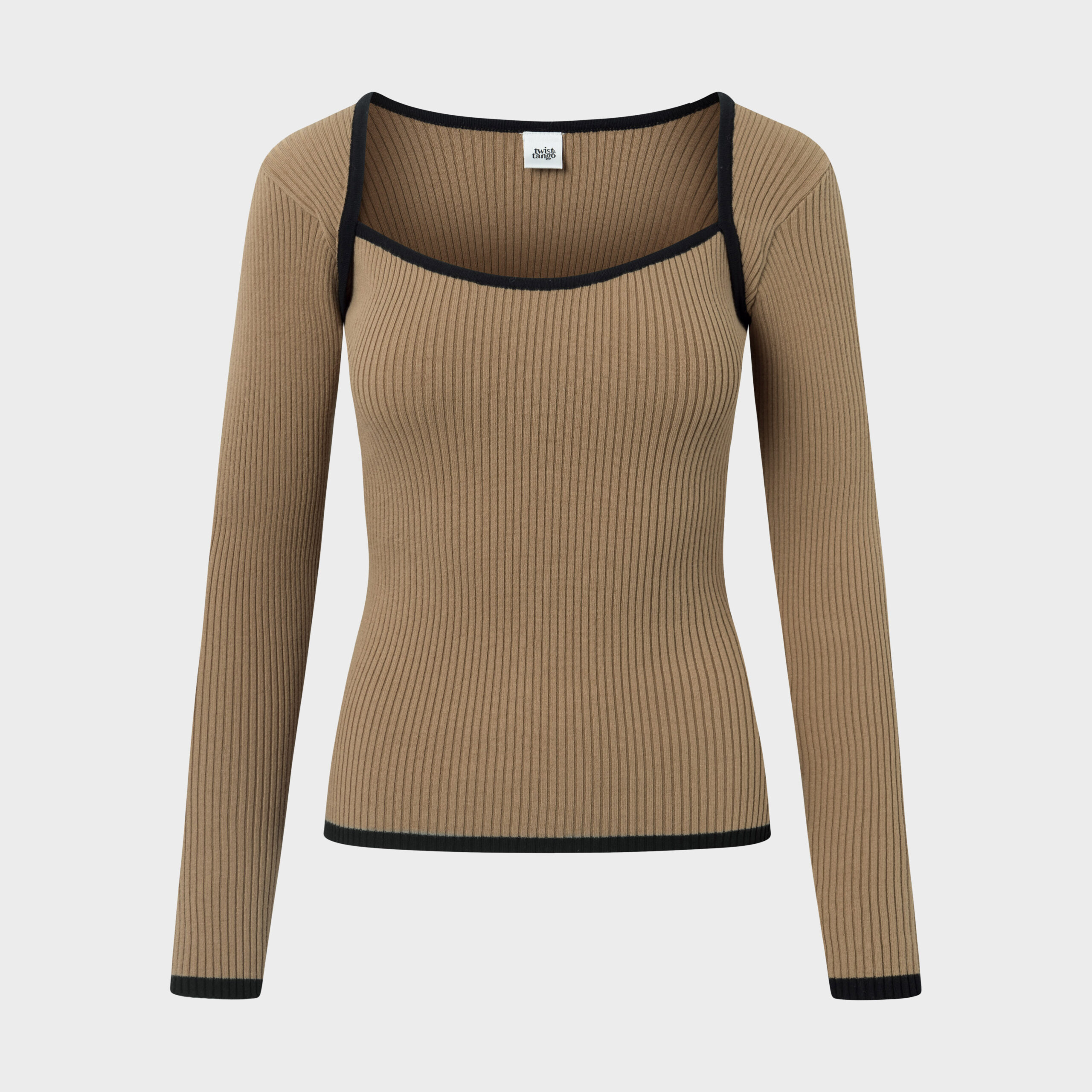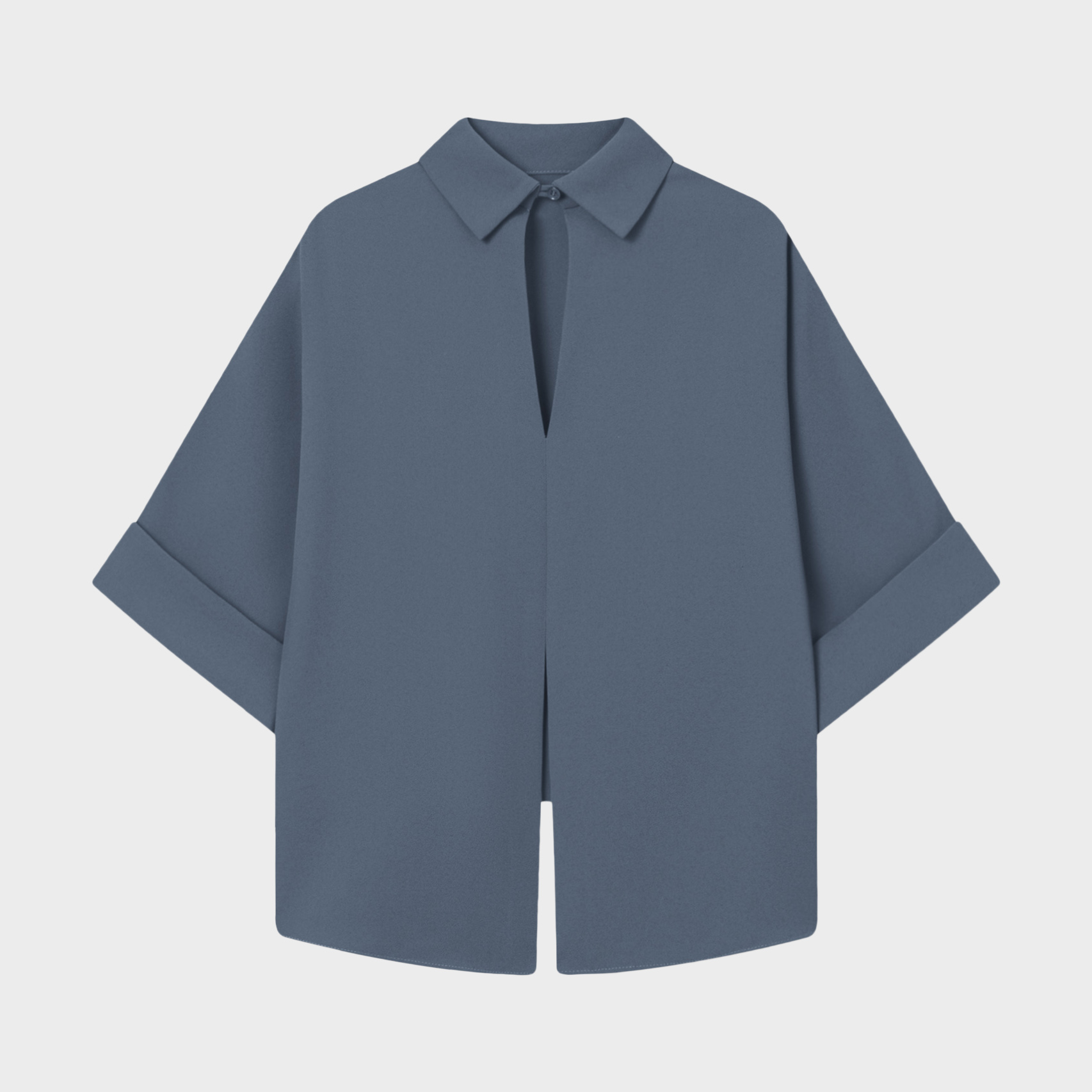The clipping path service is an excellent choice if you require precise image editing. It enables you to remove the background from an image or isolate specific elements within an image for further editing. It is easy to use, highly efficient, cost-effective, and time-effective, making it an ideal solution for many image editing needs.
To accomplish this, we use the Photoshop pen tool, which works for various tasks, such as background removal, background replacement, mannequin removal, unwanted object removal, simple path selection, and more. Our services are regularly used by professional photographers, retailers, e-commerce owners, online stores, prepress companies, creative directors, studio managers, and advertising agencies.
We offer several pricing options for our clipping path services, ranging from basic, simple, medium, complex, multiple, and super-complex, with pricing based on the complexity of the images.


